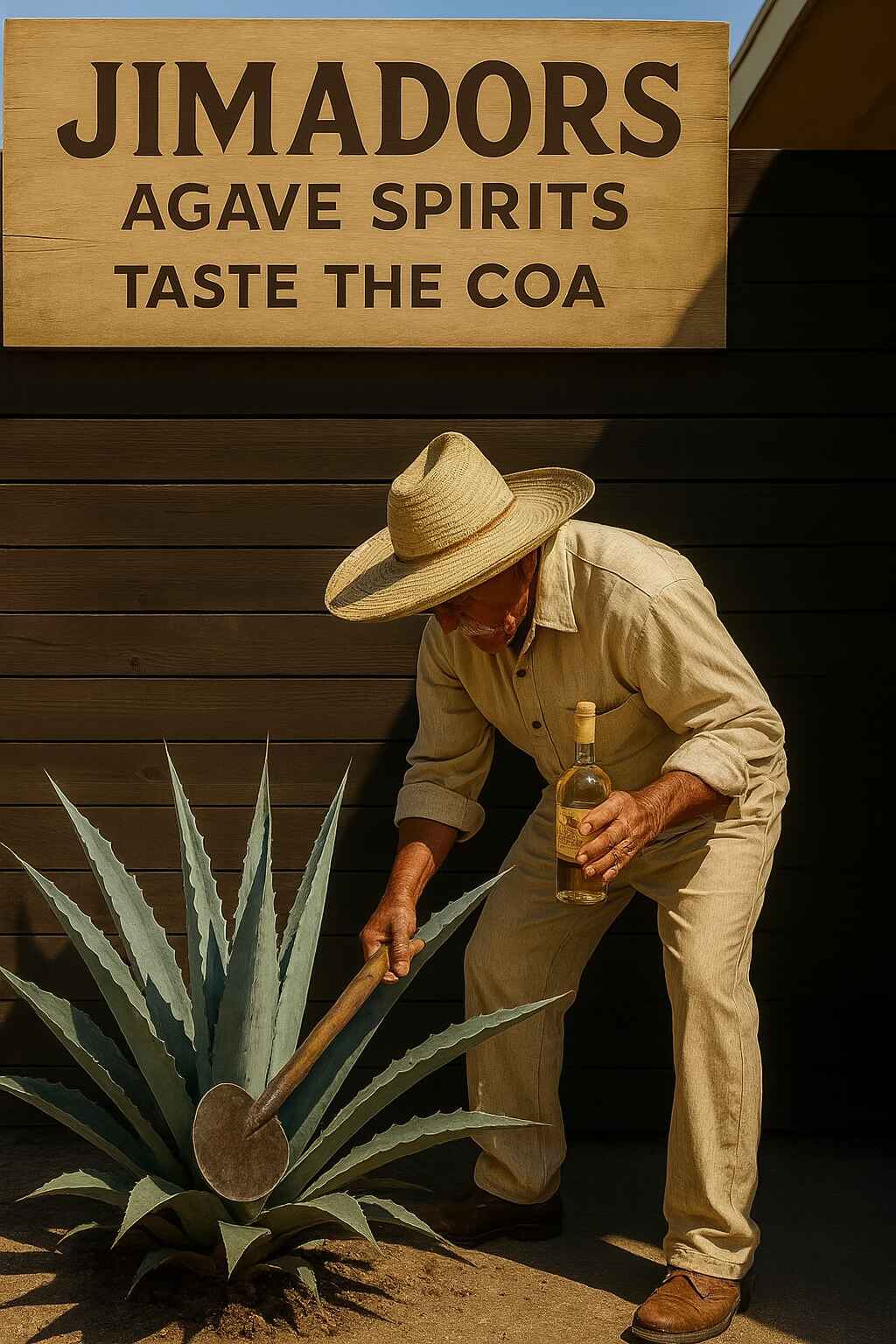Farm-Scale Establishment
Agave Transplanting for California, at Farm Scale
Turn idle acreage into productive, drought-resilient fields. We transplant by the acre with GPS precision, proven plant material, and rigs built for thousands of placements per day.
California’s first transplanting company built specifically for agave. We mobilize field crews, custom rigs, and verified plant material to establish drought-resilient acreage fast.
- • 3,000+ plants per day with precision spacing
- • Standard ~1,037 plants per acre layouts
- • Survival-rate protocols aligned to your irrigation
Services
From nursery to field—end-to-end transplanting.
Efficient. Scalable. Built for drought-resilient farming with proven plant material, mechanized rigs, and analytics that back every acre planted.
• GPS row layout and spacing (standard ~1,037 plants/acre).
• Soil drainage and pH checks ahead of establishment.
• Layout support for drip or furrow irrigation systems.
• Root-safe handling with consistent depth and spacing.
• Custom rigs tuned for Weber Azul, Espadín, and Yolo clones.
• Throughput that matches your planting window.
• Bulk sourcing of verified huelos and plugs with traceability.
• Consistent age, root structure, and provenance tracking.
• Delivery coordination and pre-field acclimation.
• Early-care programs for rapid root recovery.
• Field-tested protocols that optimize survival rates.
• Integration with your irrigation method and scheduling.
• Drone imaging with multispectral and LiDAR data.
• Stand counts, survival tracking, and vigor scoring.
• Harvest window and input planning guidance.
Equipment
Precision rigs. Smarter fields.
California-built platforms integrate modern ag-tech to deliver uniform depth, spacing, and pacing. Our goal isn’t just to plant faster—it’s to plant smarter.
• Custom agave transplant rigs engineered for consistency.
• Loader and trailer systems to move plants at scale.
• Verdant AI integrations under development for precision spraying.
About
Mission-Driven, Field-Tested
Our mission is to make California a leading agave region by delivering the technology, expertise, and transplanting capacity necessary to establish large-scale, low-water crops.
What started as a regional transplanting crew now supports hundreds of acres statewide—from plug to field-ready plant.
We bridge practical field operations with university-backed research, ensuring every acre benefits from proven methods and data-driven refinement.
Team
People behind the rigs and the research.
Founder / Agave Grower
Operations & Equipment Lead
Engineering & Technical Partner — Milano Technical Institute
Research & Data Partners
FAQ
